What Attracts Birds to Your Yard: A Comprehensive Guide
Discover how to attract birds to your yard with native plants, birdbaths, and organic gardening practices. Learn tips on providing food, water, shelter, and protecting birds from predators.
Table of Contents
Introduction to BirdFriendly Yards
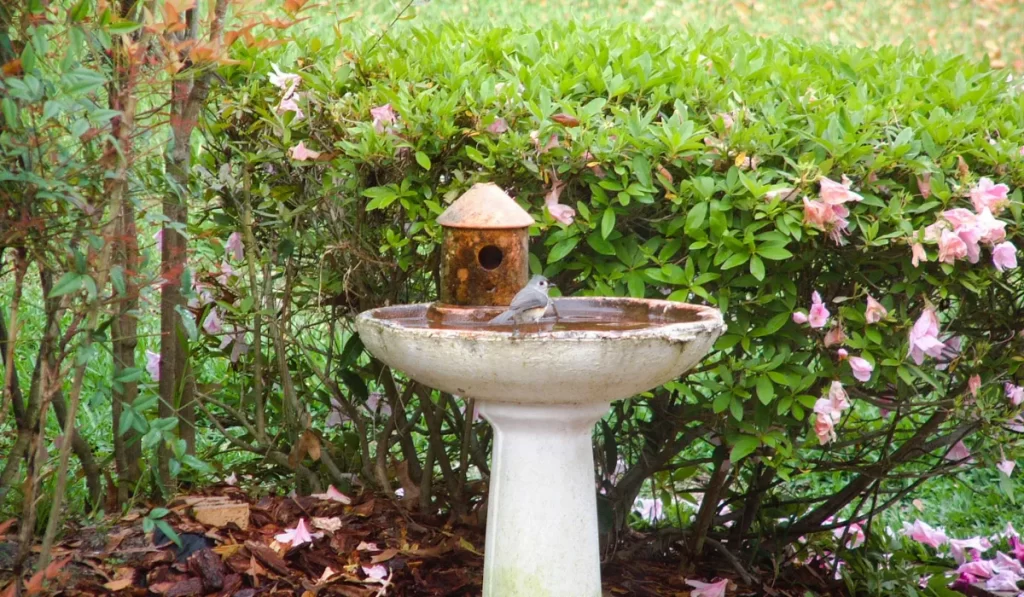
Creating a birdfriendly yard is not only a delightful way to enhance your outdoor space but also contributes significantly to bird conservation. Understanding what attracts birds to your yard and providing the right resources, you can transform your yard into a vibrant bird habitat.
The Beauty and Benefits of Attracting Birds
Birds add color, movement, and life to your garden. They also help with pest control, pollination, and seed dispersion. Watching birds can be a relaxing and educational experience, enriching your connection with nature.
Understanding What Birds Look for in a Habitat
Birds seek environments that offer food, water, shelter, and nesting sites. A wellplanned yard can meet these needs, attracting a diverse array of bird species throughout the year.
What Attracts Black Birds To Your Yard? Essential Elements to Attract Birds
Native plants play a critical role in creating a bird-friendly yard. They are well adapted to the local climate and soil conditions, require less maintenance, and support a diverse ecosystem. Here’s how to select and use native plants to attract birds:
Selecting Native Plants
- Research Local Flora: Identify which plants are native to your region. Local extension services or native plant societies can provide lists of suitable species.
- Diverse Plant Selection: Choose a variety of plants that offer food and shelter throughout the year. Include trees, shrubs, flowers, and grasses to create layered vegetation.
Recommended Native Plants
- Trees:
- Oak (Quercus spp.): Oaks support hundreds of insect species and produce acorns, which are a valuable food source.
- Serviceberry (Amelanchier spp.): Produces berries that many bird species love.
- Shrubs:
- Dogwood (Cornus spp.): Offers berries and dense cover for nesting.
- Holly (Ilex spp.): Evergreen foliage provides year-round shelter and berries for food.
- Flowers:
- Coneflowers (Echinacea spp.): Attract insects and provide seeds for birds.
- Black-eyed Susan (Rudbeckia hirta): Seeds are a favorite of finches and sparrows.
- Grasses:
- Little Bluestem (Schizachyrium scoparium): Seeds attract sparrows and provide nesting materials.
Planting Strategies
- Layered Planting: Mimic natural habitats by planting in layers, with tall trees, mid-sized shrubs, and low-growing flowers and grasses. This offers various niches for different bird species.
- Cluster Planting: Group similar plants together to create mini-habitats that provide food and shelter in one area.
- Seasonal Variety: Ensure that your garden has plants that bloom and bear fruit at different times of the year to provide continuous food supplies.
Providing Water Sources: Birdbaths and Beyond
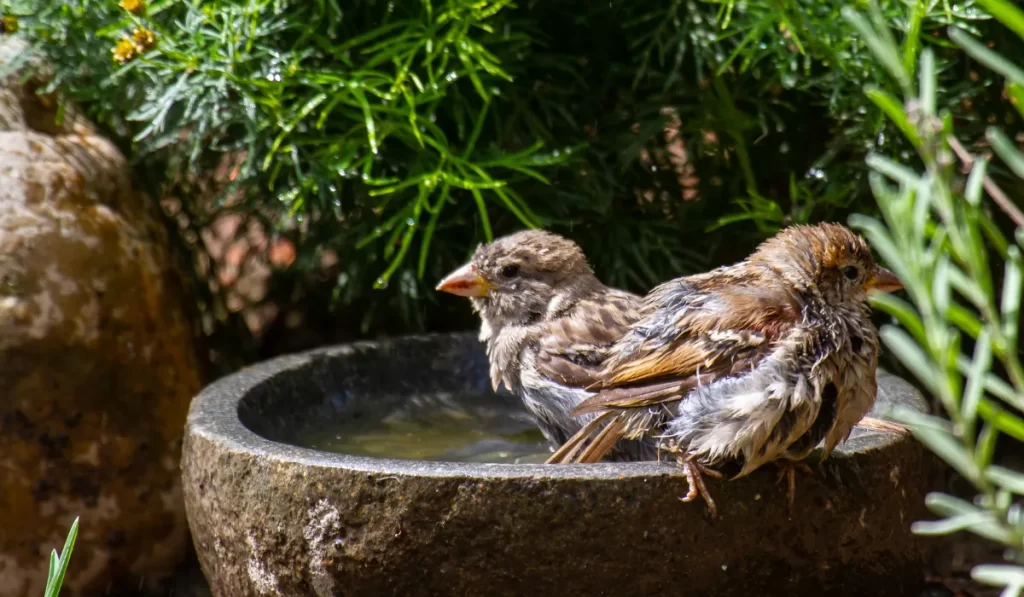
Water is essential for birds, not only for drinking but also for bathing, which helps them keep their feathers in good condition. Here’s how to provide attractive water sources:
Birdbaths
- Simple Birdbaths: A shallow dish filled with water can be effective. Ensure the water is no more than 2 inches deep.
- Location: Place birdbaths in a quiet, open area where birds can spot predators easily. Near shrubs or trees provides quick escape routes.
- Maintenance: Clean the birdbath regularly to prevent algae growth and mosquito breeding. Refill with fresh water daily if possible.
Advanced Water Features
- Moving Water: Birds are more attracted to moving water because it is usually cleaner and more noticeable.
- Fountains: Install a small solar-powered fountain to keep the water circulating.
- Waterfalls: A small waterfall feature can provide the sound and sight of moving water, attracting more birds.
- Ponds: Create a garden pond with gently sloping sides so birds can easily access the water. Include aquatic plants to create a natural ecosystem.
- Drippers and Misters: Attach a dripper or mister to your birdbath or nearby plants. The sound and movement of dripping water can attract more birds.
Installation Tips
- Safe Placement: Ensure water features are placed away from dense vegetation where cats might hide. Open areas with nearby perching spots are ideal.
- Winter Care: In colder climates, use a birdbath heater to keep the water from freezing. Birds need water year-round, even in winter.
Read More: Feathers and Fortitude: How Do Birds Survive in the Desert?
The Role of Bird Feeders
Different bird species prefer different types of feeders. Tube feeders, hopper feeders, and suet feeders each attract specific birds. Place feeders in safe locations where birds can eat undisturbed by predators.
Selecting the Right Feed for Different Bird Species
Offer a variety of foods such as seeds, suet, nectar, and fruit to attract a wide range of birds. Black oil sunflower seeds are popular among many species, while hummingbirds prefer nectar.
Adding Birdhouses and Nesting Materials to Your Yard
Birdhouses can attract cavitynesting birds like bluebirds and chickadees. Providing nesting materials such as twigs, leaves, and grass can also encourage birds to build nests in your yard.
Protecting Birds
Place feeders and birdhouses where birds are safe from predators like cats and hawks. Avoid areas where predators can easily hide and ambush birds.
Bird-Friendly Windows to Prevent Collisions
Bird collisions with windows can be fatal, but you can take steps to prevent them:
- Window Decals: Apply decals or stickers to make windows visible to birds.
- Bird-Safe Glass: Consider installing specially treated glass that reduces reflections.
- Other Solutions:
- Close curtains or blinds when possible.
- Move indoor plants away from windows to reduce reflections.
Winter: Providing Food and Shelter During the Cold
Winter poses challenges for birds, but you can help by providing essential resources:
- High-Energy Foods:
- Stock feeders with suet, sunflower seeds, and peanuts, which provide the necessary energy during cold months.
- Shelter:
- Plant dense shrubs and evergreens that offer protection from harsh weather.
- Install roosting boxes to provide safe, warm places for birds to sleep.
Spring and Summer: Supporting Breeding and Nesting
During the breeding season, birds need extra support to raise their young successfully:
- Nesting Materials:
- Provide natural materials like twigs, grass clippings, and pet hair.
- Nesting Sites:
- Install birdhouses appropriate for local species.
- Maintain shrubs and trees that offer natural nesting sites.
- Feeder Maintenance:
- Keep feeders clean and well-stocked to support parent birds and their chicks.
Organic Gardening Practices to Support Bird Populations
Organic gardening promotes a healthy environment for birds by reducing harmful chemicals:
- Avoid Pesticides: Use natural pest control methods such as beneficial insects and neem oil.
- Composting: Create nutrient-rich compost to enhance soil health and plant growth.
- Mulching: Apply organic mulch to retain soil moisture, suppress weeds, and provide habitat for insects that birds eat.
- Natural Fertilizers: Use compost, manure, or bone meal instead of synthetic fertilizers.
FAQs for What Attracts Birds to Your Yard
1. What Attracts Red Birds to Your Yard?
To attract red birds such as cardinals to your yard, focus on providing ample food, suitable plants, and safe shelter. Offer a variety of seeds, particularly sunflower seeds, safflower seeds, and cracked corn, which are favorites of these birds.
2. What Attracts Black Birds to Your Yard?
Black birds, including species like blackbirds and grackles, are drawn to yards that offer diverse food sources, consistent water supply, and appropriate habitat. Provide a mix of seeds, cracked corn, and suet to cater to their dietary preferences.
3. Is Organic Gardening Important to Support Bird Populations?
Organic gardening is vital for supporting bird populations because it creates a healthier, more sustainable environment. Avoiding the use of chemical pesticides protects the insects that many birds rely on for food.
4. Can a Bird Bath or Small Pond Be a Major Attraction?
A bird bath or small pond can indeed be a major attraction for birds, offering essential water for drinking and bathing. Birds are drawn to clean, shallow water, so ensure your bird bath or pond is maintained with fresh water and gently sloping sides for easy access. Adding features such as fountains or small waterfalls can enhance the appeal by keeping the water moving, which attracts more birds.
Conclusion: Building a Bird Paradise in Your Backyard
Creating a birdfriendly yard not only supports local wildlife but also offers endless opportunities for birdwatching and enjoying nature up close.
Providing food, water, shelter, and safe nesting sites, you can create an inviting habitat for birds.
Implementing these strategies will make your yard a sanctuary for birds, bringing joy and environmental benefits right to your doorstep.
Reference:
https://gardeningsolutions.ifas.ufl.edu/design/gardening-with-wildlife/bird-friendly-plants.html

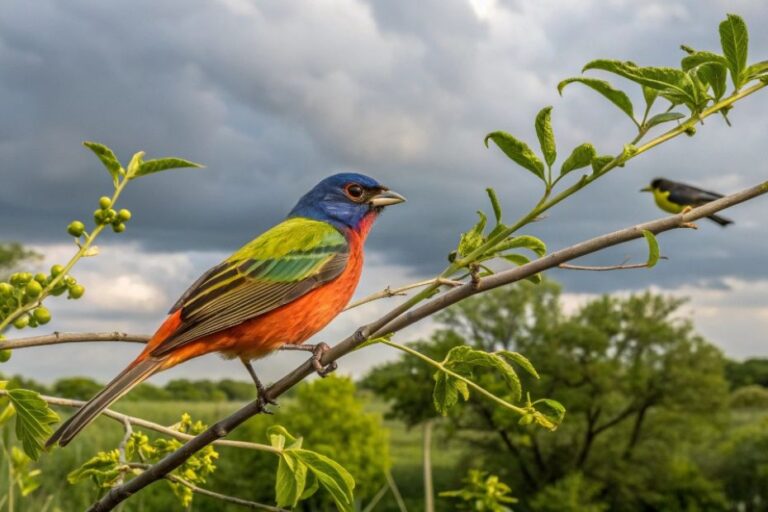

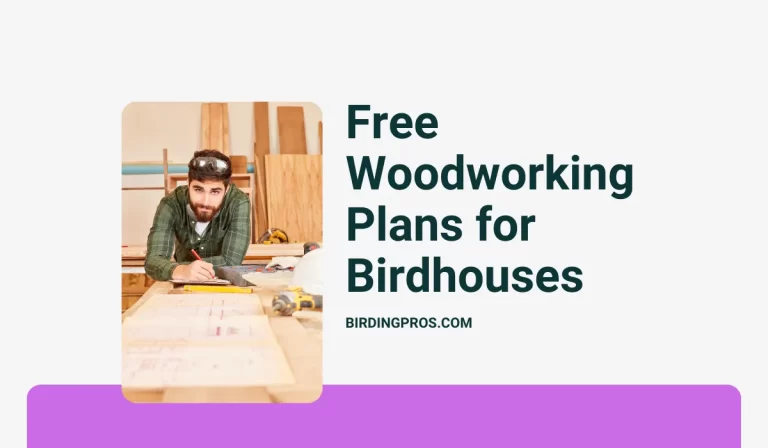
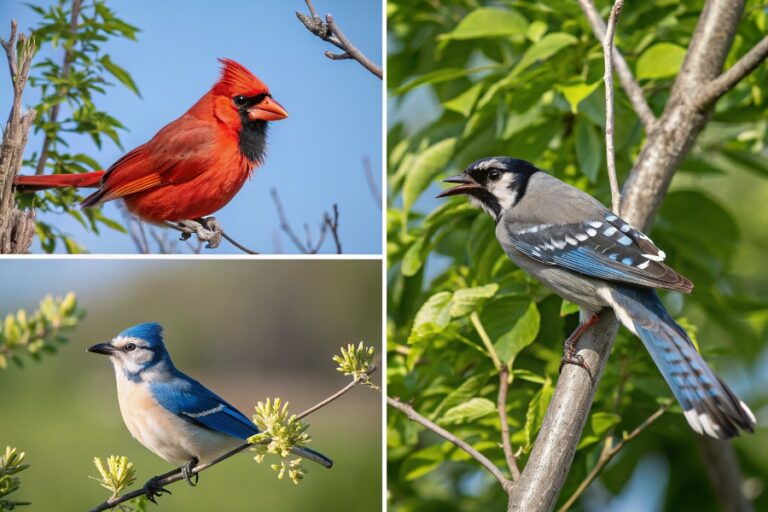
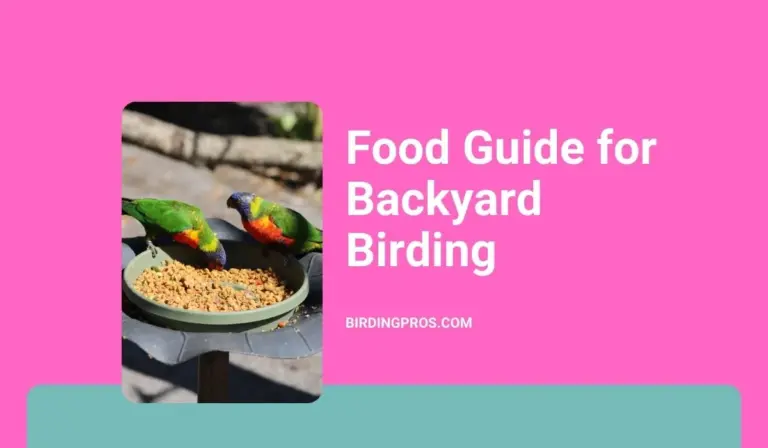
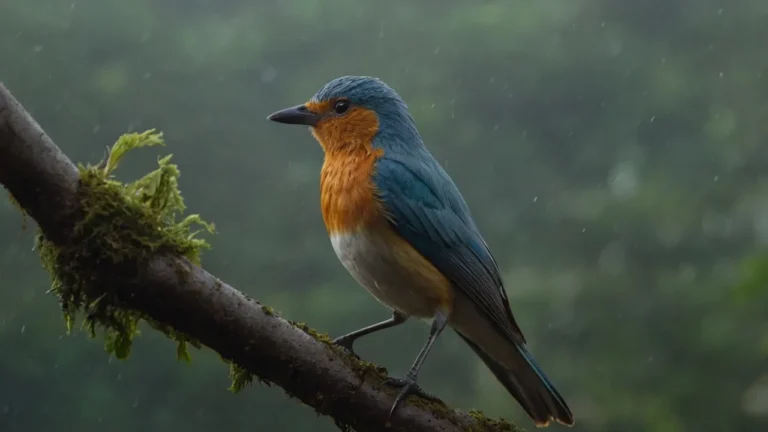
4 Comments